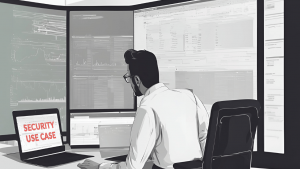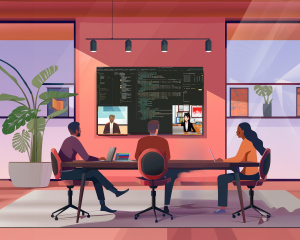TBV Insights

Selling a complex product? Equip your chatbots with chatbot-ready videos.
When tech buyers arrive at your website, most of them already have a pretty good idea of what you do. They want answers to specific questions. Some of these answers are supplied by AI-powered chatbots. In many cases, If the chatbot has an appropriate chatbot-ready video at hand, the answer

Video for Buying Team Laggards
Laggard is a nice old-fashioned word that hardly anyone uses. It was surprising to learn that “laggard” is not infrequently used in discussions of technology adoption, and also how relevant it is to the issue of planning video for buying teams. Gartner uses the psychographic profiles “conflicted laggards” and “disinterested

The case for use-case video
Use case videos for product demonstrations and tutorials Tech tips and how-to’s. Case studies. These categories — let’s call them “use cases” — invariably show up near the top in surveys of content preferences of IT decision-makers. A use-case video can help buyers develop budgets and justify spending, especially for

Videos to support your high-value offer
The High-Value Offer is a customer interaction with so much business value that the buyer feels compelled to engage. It’s an account-based marketing concept recommended by Gartner for customer acquisition, too. A high-value offer’s business value depends on timely topics meaningful discussion a unique opportunity not readily available elsewhere — like

AI Video Talking Points for Your Next New Marketing Job Interview
The hottest job in corporate America is “Executive in Charge of AI” according to a recent New York Times headline. If the job is in marketing, then AI video is almost in the job description, if not in the title. And every interview conversation is almost certain to to turn to AI

Reframing your demos as How-to video content
I was surprised to learn from a Foundry (IDG) white paper on customer engagement [download link] that the average technology decision-maker spent 14.3 minutes watching each How-to video they viewed in 2022, up from 12.2 minutes in 2016. If you really want a technology buyer to spend time with your video, some of what
